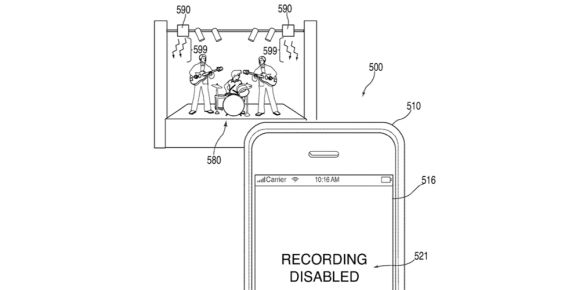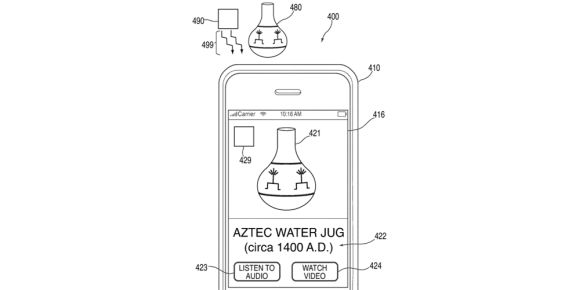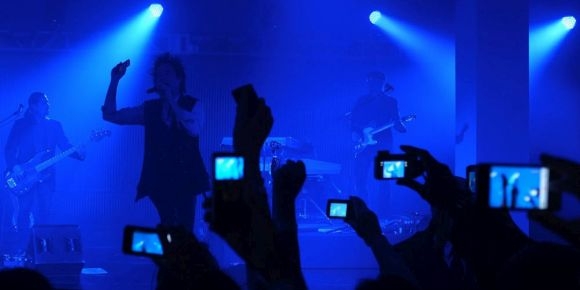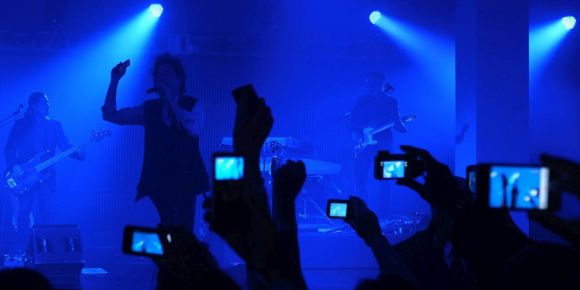Apple was recently granted a patent that would give them a way to block and disable the camera on their iPhones at concerts or sensitive locations. This is done through an infrared signal loaded with data or commands that your iPhone detects and subsequently reacts based on what data is loaded in the signal.

Concerts are momentous occasions, especially for someone like me. You get to be two feet from your favourite artists, listening to your favourite music alongside others who share your taste and passion. One thing that ticks me off is when I see people holding up their smartphones and recording the shows, watching the entire thing through their handsets.
They remain absolutely still to avoid camera shake throughout the entire thing and that leaves me wondering if they’re even having fun at all. They’re certainly no fun to be around in a concert.
But, I understand their need. Different people enjoy things differently. Some like to keep digital copies of all the gigs that they’ve gone to so that they can relive the moment over and over again, while others prefer to live in the moment and let their brains do the recording. Everyone is free to choose how they enjoy concerts.
However, with Apple’s new patent, they seem to be removing that freedom of choice, outright blocking your iPhone from capturing any photos or video. Here’s an excerpt describing the process:
For example, an infrared emitter can be located in areas where picture or video capture is prohibited, and the emitter can generate infrared signals with encoded data that includes commands to disable the recording functions of devices. An electronic device can then receive the infrared signals, decode the data and temporarily disable the device’s recording function based on the command.
That’s kind of unfortunate because now you can’t even grab a quick snapshot to immortalise the day if you’re using an iPhone. But, it’s not all doom and gloom because there are some positive functions for Apple’s new patent.

The very infrared signals that can be used to send commands to disable the camera can also deliver data and information:
An infrared emitter can be located near an object and generate infrared signals with encoded data that includes information about that object. An electronic device can then receive the infrared signals, decode the data and display the information about the object to the user.
That could be pretty useful for stuff like museum tours or visits to popular landmarks for tourists. But, this feels decidedly old-fashioned especially if you compare it to something like Google and Lenovo’s Project Tango.
What do you guys think of this? Is it time to switch to an Android smartphone yet?
[SOURCE]









